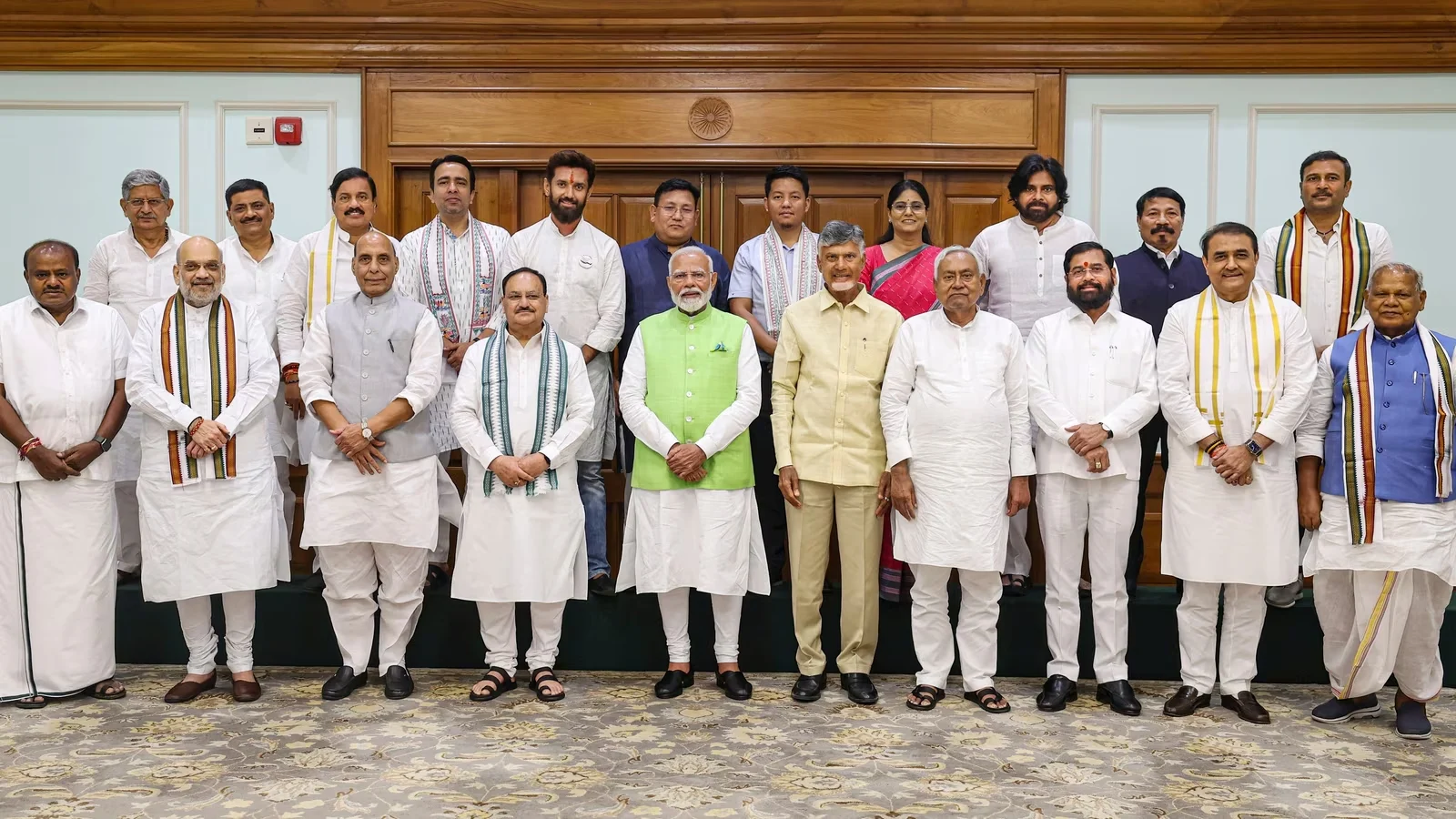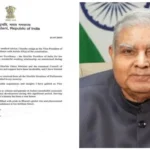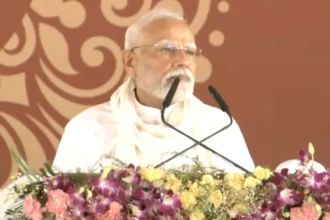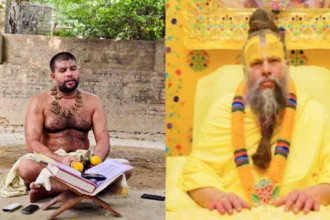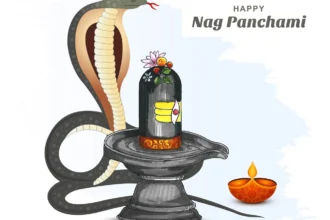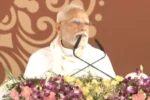NEW DELHI, India – July 21, 2025
India’s Next Vice President – The political chessboard of India has been reset with the sudden resignation of Vice President Jagdeep Dhankhar today, citing health concerns. This pivotal development, occurring just as the Monsoon Session of Parliament commenced, has immediately triggered an urgent constitutional process to elect the nation’s 15th Vice President. With the top legislative post of the Rajya Sabha now vacant, the focus swiftly shifts to who the ruling National Democratic Alliance (NDA) and the united INDIA bloc will nominate for this crucial office.
Mr. Dhankhar’s departure, a rare occurrence as only the third Vice President to resign mid-term, sets the stage for a critical electoral contest that will test political strategies and alliances in the run-up to future polls.
Table of Contents
Who Could Be Next? Names Trending on Social Media
With an election due within 60 days under Article 66, the race is already heating up. Here are the top names being floated by political insiders and netizens:
- Rajnath Singh – Defence minister of India
- Nitish Kumar – Bihar CM
- Madhukeshwar Desai – BJP youth leader and lawyer; often mentioned as a rising star in party circles
- Gurdeep Singh Sappal – Senior Congress leader and former CEO of Rajya Sabha TV; popular within opposition and cross-party discussion
- Dilip Ghosh – BJP’s former West Bengal vice-president, known for his outspoken views; gaining mentions in Twitter chatter
- Margaret Alva – Former Vice Presidential candidate (2022); her name re-emerging in conversations, especially on Reddit
Public Sentiment Snapshot
💬 “Desai’s youth & legal credentials make him a strong pick.” – Twitter
💬 “Sappal’s TV head experience and cross-party respect could bridge divides.” – Reddit
While official nominations haven’t started, speculation is already gaining momentum across platforms like X (Twitter), Facebook, and Reddit.
India’s Next Vice President – Constitutional Process & Timeline
- Vacancy Protocol: The Deputy Chairman of Rajya Sabha will temporarily preside.
- Election Period: Election must be held within 60 days of resignation per Article 66.
- Electoral College: Comprised of all MPs from both Houses, using proportional representation via Single Transferable Vote.
India’s Next Vice President – What Happens Next?
- Formal nominations expected in the next 1–2 weeks.
- Campaigning will intensify across party lines; both ruling and opposition blocs will negotiate.
- Cross-party naming is possible to ensure a smooth, consensus candidate.
The NDA’s Strategic Choice: Experience, Representation, and Consensus
Here are the crucial factors that will play a significant role in deciding India’s next Vice President:
- Caste and Community Representation:
- Strategic Balancing: India’s deeply stratified social structure means that caste and community identity are paramount in political calculations. Parties often use high-profile appointments like the Vice President to send a message of inclusion and appeal to significant vote banks.
- Consolidating Support: If the President belongs to one community or region, the Vice President’s selection might be used to represent another, achieving a broader social and regional balance in the nation’s top constitutional offices. For instance, if the President is from a Scheduled Tribe (like Droupadi Murmu), a Vice President from a different dominant caste group (e.g., OBC, Dalit, or a specific upper caste community) or a religious minority might be considered to broaden the political appeal.
- Future Electoral Gains: The selection can be a forward-looking move to consolidate support in upcoming state elections or for the next general election.
- Regional Balance and Political Geography:
- Representation across States: Similar to caste, regional representation is a key factor. If the President is from one part of the country, the Vice President might be chosen from another, ensuring a pan-Indian representation at the highest levels of governance.
- Targeting Key States: A candidate from a politically significant state where a party aims to strengthen its base or counter an opposition’s influence can be a strategic choice. For example, picking a candidate from a large state that has not had a Vice President recently, or a state crucial for the next electoral cycle.
- Political Stature and Parliamentary Experience:
- Rajya Sabha Chairmanship: The Vice President is the ex-officio Chairman of the Rajya Sabha. This role demands exceptional parliamentary acumen, the ability to manage often-tempestuous debates, maintain decorum, and guide legislative business effectively. Parties will look for a candidate with a strong track record as an MP (Lok Sabha or Rajya Sabha), a former presiding officer, or someone with deep knowledge of parliamentary procedures.
- Experience in Governance: A candidate with prior experience as a Union Minister, Chief Minister, or Governor brings administrative experience and gravitas to the office.
- Age and Health:
- Endurance for the Role: Given Jagdeep Dhankhar’s resignation due to health concerns, the physical and mental fitness of the next candidate for a five-year term will be a more prominent consideration. Parties will seek someone who can withstand the rigors of public life and parliamentary duties.
- Generational Appeal: Sometimes, a younger or more dynamic face might be chosen to project a forward-looking image, while at other times, an experienced veteran might be preferred for stability.
- Gender (and other identity factors):
- Representation: While less explicit than caste or region, gender plays a role in modern Indian politics. Having a female Vice President could be a powerful statement, particularly when the President is also female, showcasing a commitment to gender equality in top constitutional posts. Other identity factors, such as being a distinguished personality from the armed forces, judiciary, or academia, can also influence the choice.
- Party Discipline and Loyalty:
- Reliability: The ruling party, especially, will prefer a candidate who is loyal to the party ideology and leadership, ensuring smooth coordination between the executive and the legislative functions, particularly in the Rajya Sabha where the government might not always have an overwhelming majority.
- Consensus Builder: For the opposition INDIA bloc, the candidate must be someone acceptable to all constituent parties, requiring a strong consensus builder who can rise above individual party lines for the sake of alliance unity.
- Political Message and Symbolism:
- Ideological Alignment: The selection often carries significant symbolic weight, reflecting the political and ideological messaging the ruling party or opposition alliance wants to convey to the electorate. It can be a reward for service, a strategic placement for future leadership, or a nod to a particular segment of the electorate.
The Race is On: A Pivotal Moment for Indian Politics
As political consultations intensify within both camps, the nation awaits the formal announcement of candidates. The upcoming Vice Presidential election, while its outcome may seem predetermined given the NDA’s numbers, is a crucial exercise in parliamentary democracy. The individual who takes the oath of office will not only assume the nation’s second-highest constitutional post but also play a pivotal role in shaping the discourse and legislative agenda within the hallowed halls of the Rajya Sabha.
Keep following Duniya Daily for more such important news and experiences!

